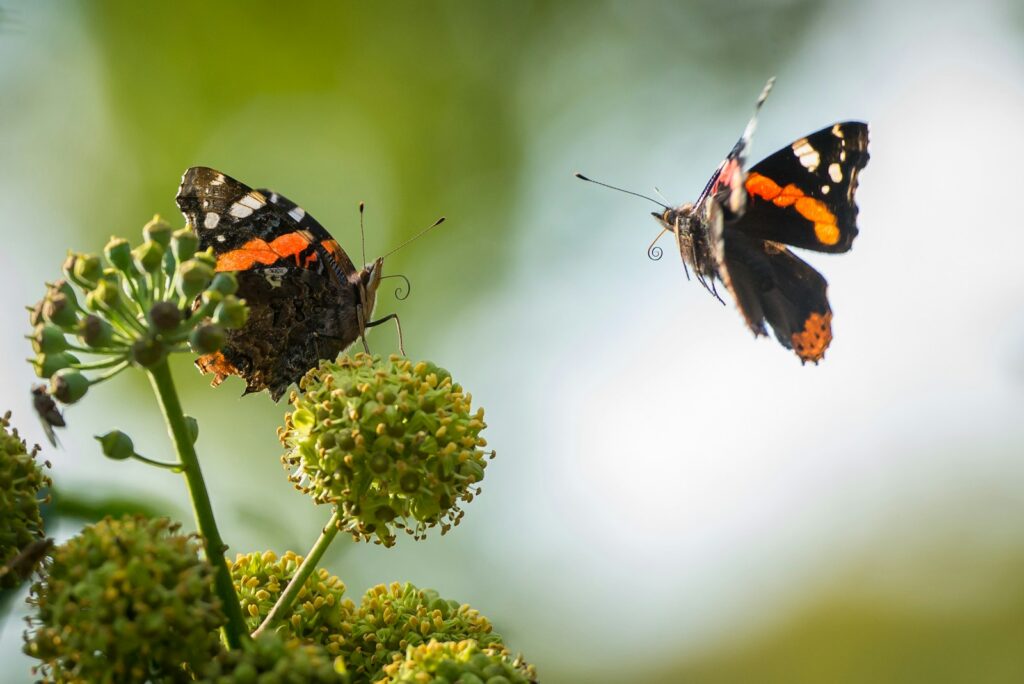Picture this: a honeybee returns to the hive after discovering a patch of wildflowers, performing an intricate dance that makes her sisters literally vibrate with excitement. Meanwhile, a cricket’s chirping intensifies as dusk falls, creating what sounds suspiciously like emotional urgency in finding a mate. We’ve all witnessed these moments where insects seem to express something deeper than mere biological programming—but are we witnessing genuine emotion, or are we projecting human feelings onto tiny creatures that operate on pure instinct?
The Chemical Language of Feelings

Insects communicate primarily through chemical signals called pheromones, creating an invisible network of emotional information that surrounds us every day. These molecular messages carry incredibly complex information—from alarm signals that spread panic through an ant colony to attraction pheromones that can make a male moth fly miles to find a female. What’s fascinating is how these chemical conversations mirror our own emotional responses in unexpected ways. When a worker bee releases alarm pheromones after being threatened, other bees don’t just receive information—they respond with behaviors that look remarkably like fear, anger, and protective aggression. Scientists have discovered that these chemical signals can even trigger physiological changes in receiving insects, much like how human emotions affect our heart rate and stress hormones.
Vibrations That Speak Louder Than Words
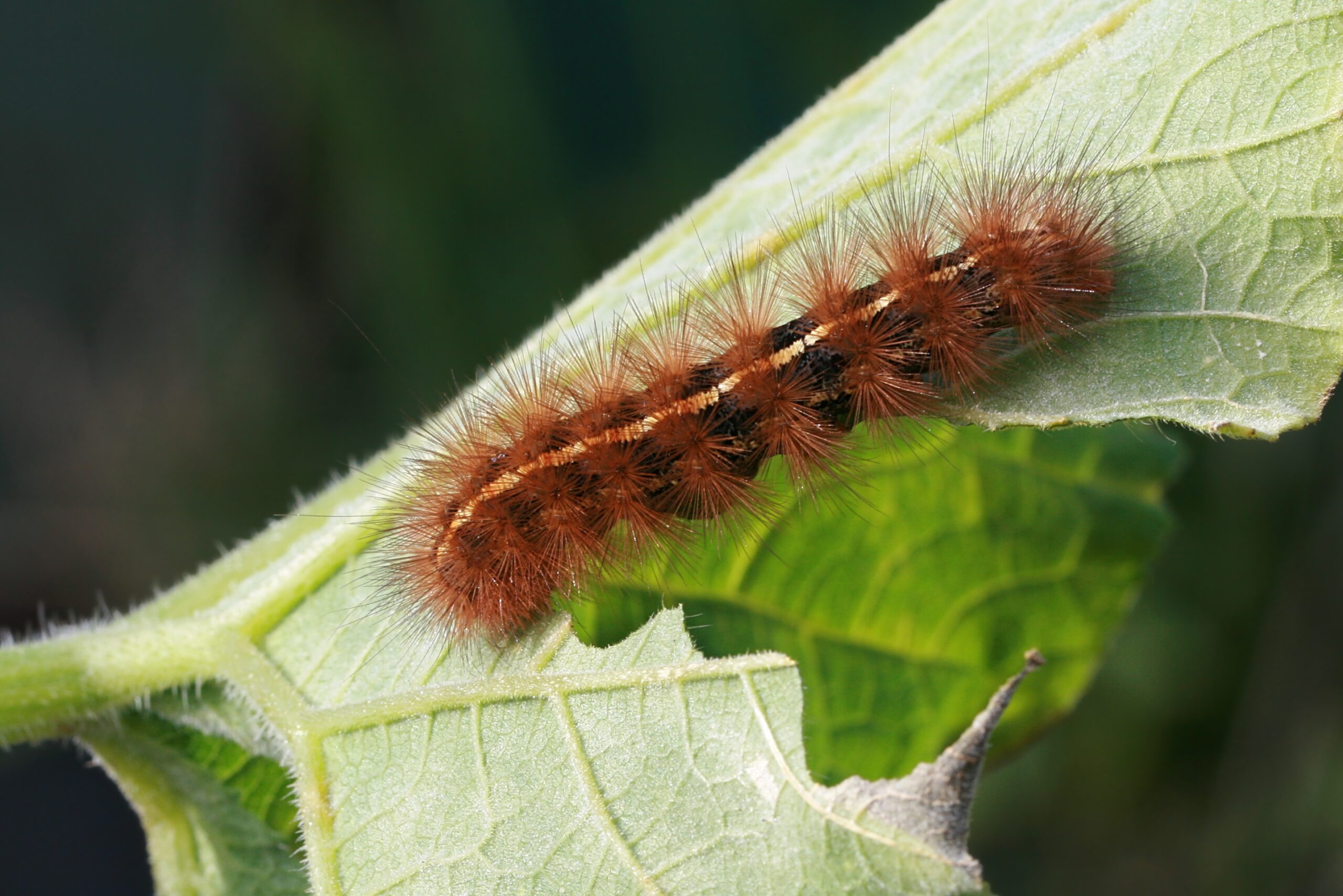
Beyond chemicals, insects create a world of vibrational communication that operates on frequencies we’re only beginning to understand. Termites drum their heads against tunnel walls to warn of danger, creating seismic waves that travel through their colonies faster than any chemical signal could spread. Caterpillars scratch special ridges on their bodies to produce sounds that can calm aggressive ants, essentially negotiating for their lives through acoustic diplomacy. These vibrations aren’t random noise—they’re sophisticated signals that convey emotional states, territorial boundaries, and social hierarchies. Research shows that disrupting these vibrational networks can cause entire insect communities to fall into what appears to be collective anxiety, with individuals displaying erratic behaviors that mirror stress responses in higher animals.
The Dance of Desperate Communication

Perhaps nowhere is insect emotion more visible than in their elaborate dances and displays, where life-and-death information gets transmitted through choreographed movements. The famous waggle dance of honeybees becomes even more remarkable when you realize that bees actually adjust their dance intensity based on the quality of their discovery—they literally dance with more enthusiasm when they’ve found something amazing. Male jumping spiders perform courtship dances so complex they rival any Broadway production, with different moves conveying different emotional messages about their fitness and intentions. When these dances fail to impress, the rejected males often display what can only be described as dejection, retreating with slower movements and diminished attempts at future courtship. Scientists have documented how successful dancers influence the emotional state of their audiences, creating waves of excitement or calm that spread throughout insect communities.
Color Changes That Reveal Inner States

Some insects literally wear their emotions on their sleeves through dramatic color changes that serve as real-time emotional broadcasts to their world. Stick insects and certain caterpillars shift from green to brown when stressed, but this isn’t just camouflage—it’s a complex emotional response that signals their internal state to other insects. Honeypot ants change color intensity when excited about food sources, becoming living beacons that guide their nestmates to important discoveries. Even more intriguing, some beetles can control their metallic sheen based on their emotional state, becoming brighter when confident and duller when threatened. These color changes happen faster than conscious thought, suggesting they’re driven by something deeper than mere survival programming—perhaps the insect equivalent of blushing, paling with fear, or glowing with pride.
Social Insects and Collective Emotions

In the world of social insects, individual emotions blend into something resembling collective consciousness, where entire colonies can experience shared emotional states. Ant colonies respond to threats with coordinated aggression that spreads like wildfire, but they also exhibit collective joy when discovering rich food sources, with increased activity and playful behaviors throughout the nest. Wasp colonies show remarkable emotional flexibility, switching between calm cooperation and fierce defense based on environmental cues and internal colony dynamics. Research has revealed that these social insects can maintain emotional memories at the colony level, remembering past threats or successes and adjusting their collective behavior accordingly. The most striking example might be when bee colonies experience what scientists call “behavioral fever”—a collective excitement that increases activity throughout the hive, similar to how human crowds can become emotionally synchronized during exciting events.
Fear Responses That Mirror Our Own

When threatened, insects display fear responses so familiar they’re almost unsettling—freezing in place, rapid escape attempts, and even what appears to be panic-driven decision making. Cockroaches exhibit startle responses that include jumping, running in zigzag patterns, and even apparent hesitation at decision points, much like how humans might pause when scared and unsure which way to run. Grasshoppers and crickets show clear fear conditioning, learning to associate certain signals with danger and displaying avoidance behaviors that suggest they’re experiencing something analogous to anxiety. Some caterpillars even exhibit what researchers call “thanatosis”—playing dead when extremely frightened—but brain activity monitoring shows they’re fully conscious and stressed throughout the experience. These fear responses involve the same basic neurochemicals found in human brains, suggesting that the capacity for fear-like emotions might be more ancient and universal than we previously imagined.
Aggressive Displays and Emotional Intensity

Insect aggression often involves emotional displays so dramatic they’d make professional wrestlers jealous, complete with posturing, sound effects, and escalating intensity. Male stag beetles rear up on their hind legs and clash mandibles in battles that involve clear emotional escalation—starting with tentative approaches and building to furious grappling matches. Praying mantises display aggression through color changes, positioning, and intimidating movements that seem designed to communicate emotional intensity rather than just physical threat. Territorial ants engage in ritualized combat that includes taunting behaviors, retreat signals, and even what appears to be victory celebrations after successful confrontations. Researchers have observed that these aggressive displays often involve emotional contagion, where witnessing aggression causes other insects to become more aggressive themselves, creating emotional chain reactions throughout insect communities.
Maternal Instincts and Protective Emotions

Perhaps the most touching evidence of insect emotions comes from their fierce maternal instincts, where mothers risk everything to protect offspring they may never meet as adults. Earwig mothers tend their eggs with behaviors that look remarkably like anxiety, constantly repositioning them, cleaning them, and defending them against threats many times their size. Some spider mothers carry their egg sacs for weeks, refusing food and becoming increasingly aggressive toward anything that might threaten their future offspring. Wolf spider mothers allow hundreds of babies to ride on their backs, and when these babies are artificially removed, the mothers display frantic searching behaviors that suggest genuine distress. Even more remarkable, research shows that insect mothers can adjust their protective behaviors based on environmental threats, suggesting they experience something similar to the human emotional state of worry about their children’s future.
Joy-Like Behaviors in Food Discovery
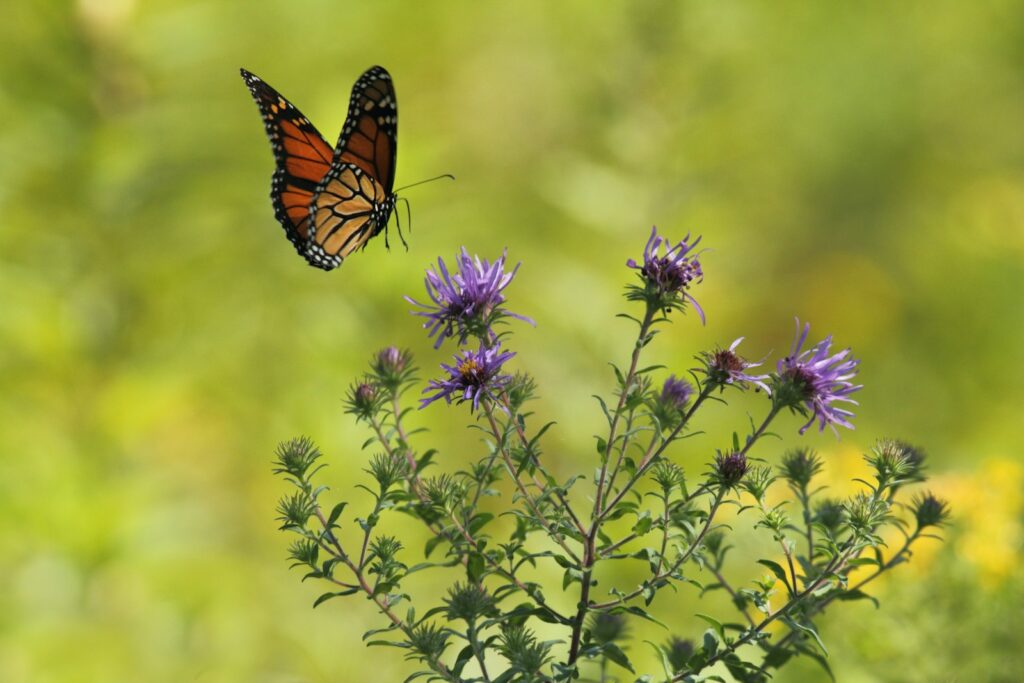
When insects discover food, their responses often include behaviors that look suspiciously like celebration, excitement, and pure joy at their good fortune. Ants finding a sugar source don’t just collect it—they engage in rapid, seemingly playful movements that researchers describe as “excitement runs” back to the colony. Butterflies discovering nectar sources hover and dance in patterns that appear to serve no survival function other than expressing their apparent delight. Bees returning from successful foraging trips move with increased energy and perform extra recruitment dances, as if they’re genuinely excited to share their good news. Some beetles even engage in what can only be called food-sharing celebrations, where multiple individuals gather around a discovery and engage in mutual antennae touching and synchronized movements. These behaviors go beyond simple resource collection—they suggest insects experience positive emotional states that motivate social sharing and community celebration.
Grief and Loss in Insect Communities
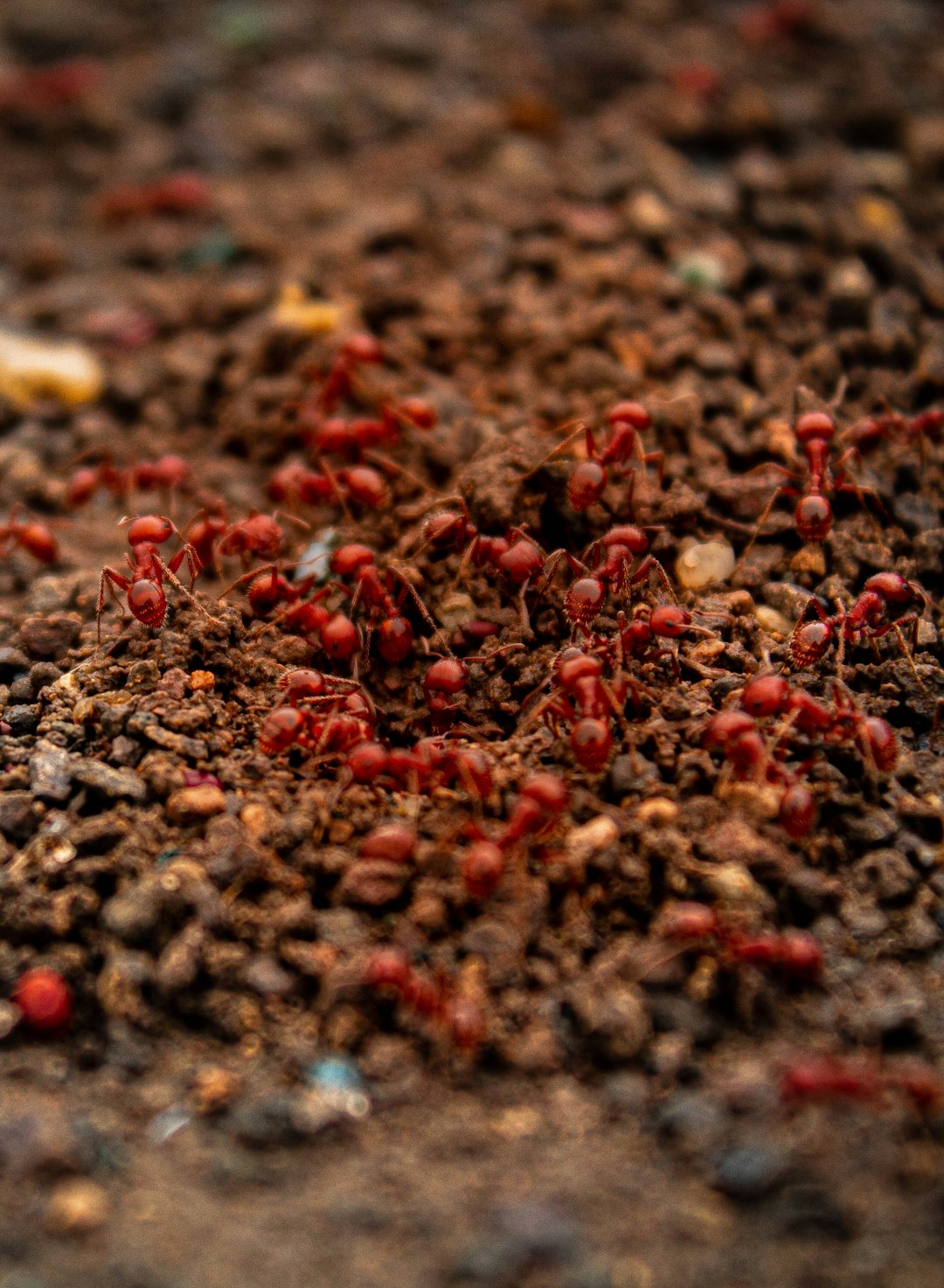
While perhaps the most controversial aspect of insect emotion research, mounting evidence suggests some insects display behaviors resembling grief when losing colony members or mates. Ant colonies show measurable decreases in activity and changes in behavior patterns after losing significant numbers of workers, with remaining ants displaying slower movements and reduced foraging efficiency that can’t be explained by simple workforce reduction. Some bee colonies exhibit what researchers call “mourning behavior” after losing their queen, with workers clustering around the empty queen cell and producing low-frequency sounds that differ from normal hive communication. Male crickets who lose mates often show reduced singing and territorial behavior for extended periods, suggesting they experience something analogous to depression or grief. Even more intriguingly, some social insects have been observed returning to locations where colony members died, engaging in behaviors that serve no obvious survival function but look remarkably like visiting grave sites or memorial locations.
Play Behavior and Insect Joy

Scientists have discovered that some insects engage in activities that can only be described as play—behaviors that serve no immediate survival function but appear to bring them something resembling joy or satisfaction. Young ants have been observed engaging in mock battles and chase games that help them develop social skills but also seem to bring genuine enjoyment. Bumblebees will repeatedly roll small balls around their nests in what researchers call “object play,” continuing the behavior even when it provides no reward. Some butterfly species engage in aerial games, chasing each other in spiraling patterns that appear to be purely recreational rather than territorial or mating related. These play behaviors often occur when basic survival needs are met, suggesting insects might experience positive emotional states similar to contentment or happiness. The discovery of play in insects has revolutionized our understanding of their cognitive and emotional capabilities, proving that the capacity for joy might be far more widespread in the animal kingdom than previously believed.
Stress and Its Physical Manifestations

Insects under chronic stress display physical and behavioral symptoms remarkably similar to stressed humans, including immune system suppression, reproductive problems, and altered social behaviors. Overcrowded ant colonies show increased aggression, reduced cooperation, and even higher rates of seemingly purposeless wandering that resembles the restless behavior of anxious mammals. Bees exposed to environmental stressors like pesticides display symptoms that look like depression—reduced activity, poor decision-making, and decreased social interaction with their hive mates. Laboratory studies have shown that stressed insects produce elevated levels of stress hormones and show changes in brain chemistry that mirror human stress responses. Perhaps most remarkably, insects can suffer from what appears to be post-traumatic stress, continuing to display fear responses and avoidance behaviors long after threatening situations have ended, suggesting their emotional experiences create lasting memories that influence future behavior.
Empathy and Helping Behaviors

Recent research has uncovered evidence that some insects display empathy-like behaviors, responding to the distress of others even when it provides no direct benefit to themselves. Ants have been observed helping injured colony members return to the nest, carrying them over long distances and providing care that extends their survival chances. Some termite species engage in what researchers call “rescue behavior,” with workers risking their own safety to help trapped or injured nestmates escape from collapsed tunnels. Even more surprising, certain bee species show consolation behaviors, where individual bees approach and gently touch distressed hive mates with their antennae in what appears to be comforting gestures. These helping behaviors often involve personal risk and energy expenditure that can’t be explained by simple kin selection or reciprocal altruism. The presence of empathy-like responses in insects suggests that the capacity for emotional connection and compassionate behavior might be a fundamental feature of social life, regardless of brain size or complexity.
Musical Expressions of Insect Emotions
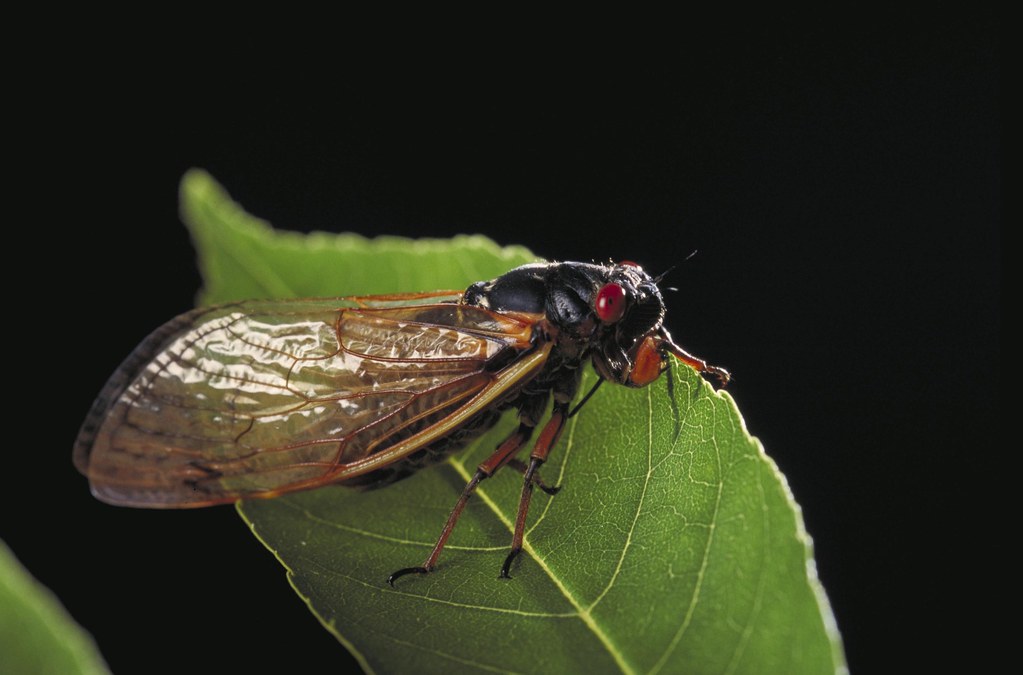
The insect world is filled with musical expressions that seem to convey emotional states as complex and varied as any human composition, from the melancholy of a lonely cricket to the triumphant chorus of a successful ant raid. Cicadas coordinate their singing to create emotional crescendos that can influence the mood of entire ecosystems, with their synchronized choruses triggering mating behaviors and territorial responses across vast areas. Mosquito mating songs involve harmonic matching so precise that mismatched frequencies can cause what appears to be emotional rejection and dejection in unsuccessful suitors. Some moth species produce ultrasonic songs during flight that seem to express emotional states ranging from contentment during successful foraging to alarm when predators approach. Researchers have discovered that these insect songs often include emotional modulation—changes in pitch, rhythm, and intensity that correspond to different internal states and environmental conditions, suggesting that insects use music as an emotional language far more sophisticated than simple mating calls or territory markers.
The Future of Understanding Insect Emotions

As technology advances, we’re developing new ways to peer into the emotional lives of insects, from brain imaging techniques that reveal neural activity patterns to behavioral analysis software that can detect subtle emotional cues invisible to human observers. Scientists are now using artificial intelligence to decode insect communication patterns, discovering emotional nuances in their signals that we never knew existed. Virtual reality environments allow researchers to study insect emotional responses in controlled settings, revealing how they process complex emotional information and make decisions based on their feelings. These technological advances are painting a picture of insect emotional life that’s far richer and more complex than anyone imagined just a decade ago. Perhaps most exciting is the potential for these discoveries to revolutionize how we understand consciousness, emotion, and the very nature of what it means to feel—showing us that the capacity for emotional experience might be one of the most fundamental features of life itself.
Conclusion

The next time you watch a bee dancing in your garden or hear a cricket singing in the evening, remember that you might be witnessing genuine emotional expression from creatures whose inner lives are far richer than we ever dared imagine. These tiny beings, with their chemical conversations, vibrational symphonies, and colorful displays, are teaching us that emotion isn’t just a human privilege—it’s a universal language that connects all living things in ways we’re only beginning to understand. What other emotional secrets might be hiding in the miniature worlds all around us?

